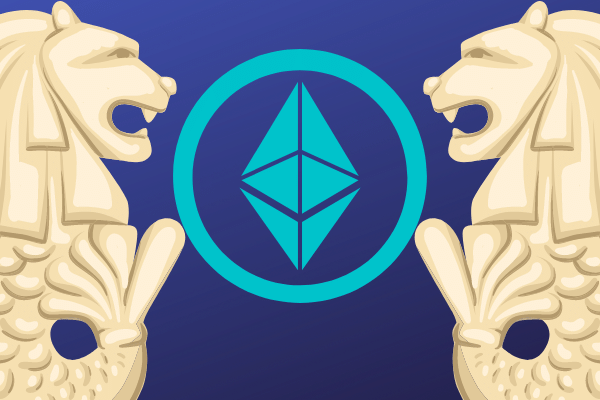As layer-2 networks are on the rise in traction, there is a growing debate around the role of tokens in incentivizing their adoption. One notable example is Base — Ethereum’s layer-2 network. It has opted not to associate a token with its product. This decision has been met with both praise and skepticism, with some arguing that tokens are crucial for driving network effects and adoption. In contrast, others contend they can be overused and lead to risky situations, says Rachel Wolfson in a column in Cointelegraph.
Jesse Pollak, the head of protocols and a core contributor to Base at Coinbase, has been vocal in his support for a token-less approach. He believes that tokens have been overused as an incentive tool and that the industry needs to focus more on building core infrastructure and improving way of use for developers. According to Pollak, Base is designed to simplify the process for developers to construct applications without an incentive mechanism. This approach contrasts other networks in layer-2 that rely heavily on token incentives to attract users and developers.
One of the challenges of not having a token incentive model is attracting developers and users to the platform. However, Konstantin Richter, the founder and COO of Blockdaemon, believes that Coinbase’s vast understanding of institutions and DeFi will make it easier to attract users and developers to the network. Richter also contends that proof-of-stake (PoS), which Base utilizes, is a broken system and that a token-less approach could lead to a fine user experience.
While it’s too early to predict the future success of Base without the need for a token-based incentive system, it’s worth noting that other layer-2 networks, such as Arbitrum, also function without an original token. There have been talks that Arbitrum might introduce a distribution of tokens to users for free later, indicating that it’s crucial to establish a market validation before releasing a token.



